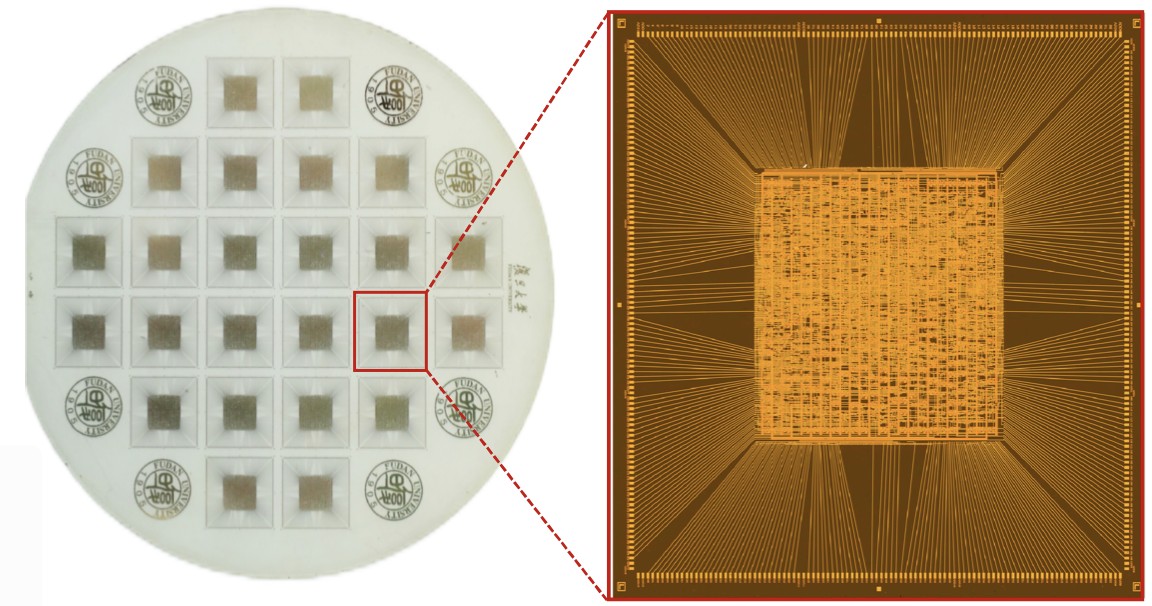
In a remarkable breakthrough for next-generation computing, researchers have successfully developed a 32-bit processor using an atomically thin semiconductor material. This achievement represents one of the most sophisticated implementations of "beyond silicon" hardware to date.
The innovative processor design explores alternatives to traditional silicon-based computing, pushing the boundaries of what's possible with ultra-thin semiconductor materials. While not intended to replace conventional silicon processors, this technology shows promise for specialized applications.
The researchers envision this advancement finding practical use in ultra-low-power processing scenarios, particularly for simple sensor applications. The extremely thin nature of the semiconductor material could enable new form factors and capabilities not possible with standard silicon chips.
Though currently targeted at niche applications, continued development of this technology may expand its potential use cases. The ability to create functional processors at the atomic scale opens new possibilities for miniaturization and energy efficiency in computing devices.
This development adds to the growing body of research exploring novel materials and approaches for future computing hardware. As demands for more efficient and specialized processors continue to grow, innovations like this atomically thin semiconductor could play an increasingly important role in next-generation computing solutions.
While still in early stages, this achievement demonstrates the viable path forward for alternative semiconductor materials in creating functional computing components. The successful implementation of a 32-bit processor marks a key milestone in the evolution of non-silicon computing technologies.